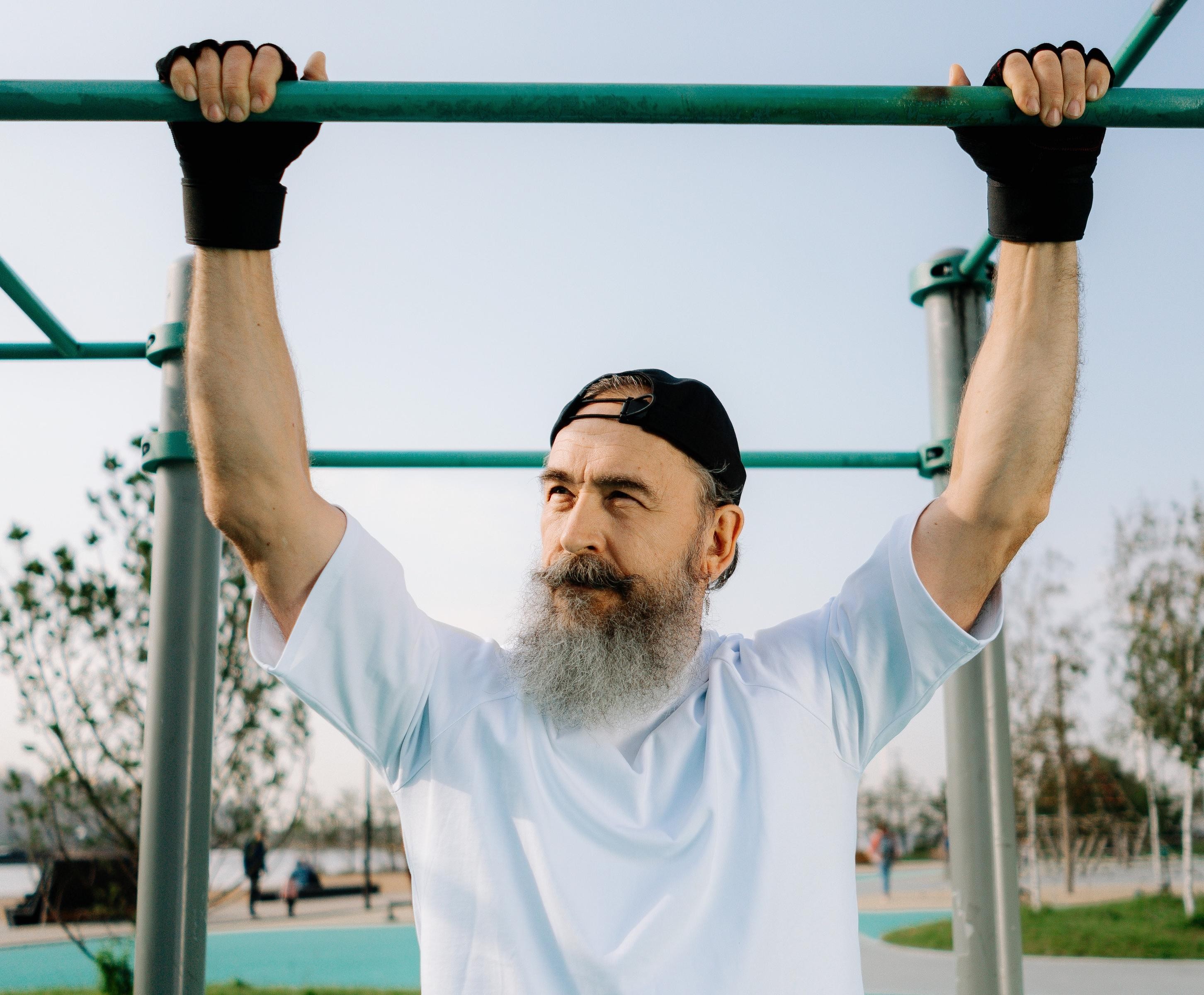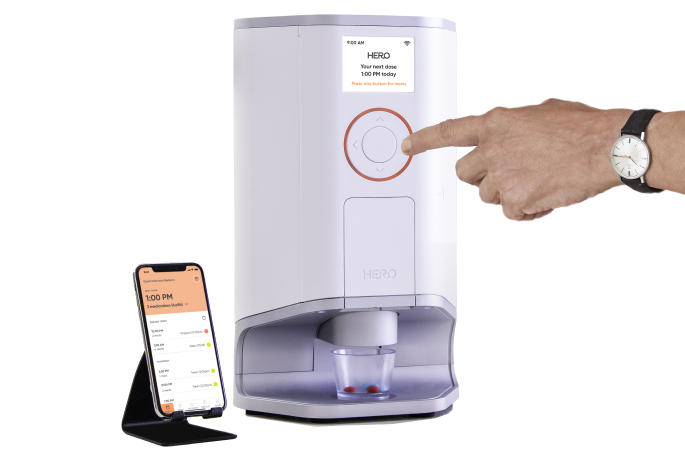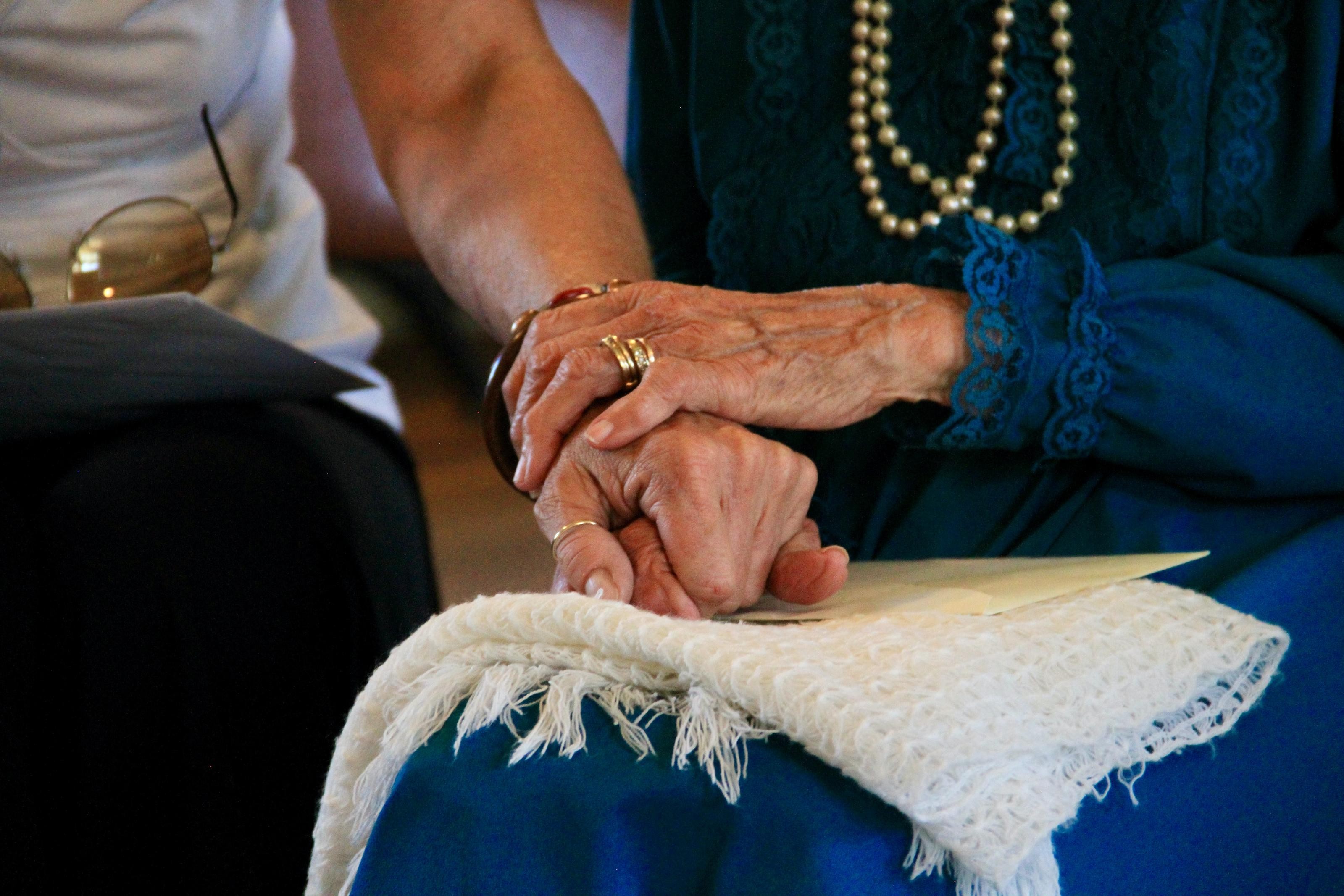Building Healthy Bones: How to Preserve Bone Health While Aging

About the Author: Rohit Jayakar MD is a physician in the field of Physical Medicine & Rehabilitation, currently at Stanford Health Care. He specializes in treating musculoskeletal injuries, neurological injuries, and chronic pain.
I recently cared for an elderly woman who used to walk her dog every morning. When her dog pulled on the leash, it caused her to bend forward. She immediately had severe pain in her low back and was unable to finish her walk. She ended up with multiple compression fractures in her spine and had severe, debilitating pain for several months before she was able to return to her normal lifestyle.
Similar scenarios happen far too often - fragility fractures from minimal trauma, such as jumping, stepping off a curb, or even sneezing are all around us.
How can someone get a fracture with such little impact? More importantly, how can you prevent this type of situation? In this article, we’ll cover the concept of bone health, what happens in osteoporosis and similar conditions, and how to ultimately preserve good bone integrity while aging.
Why is Bone Health Important?
Over 10 million Americans have osteoporosis, a condition causing bones to become weak and fragile.1 These U.S. numbers are only growing, with over 1.5 million new fractures due to osteoporosis each year.1
Poor bone health is directly linked to increased fracture risk. Approximately one third of females age 65 and older will sustain a compression fracture in the spine due to poor bone density. Furthermore, hip fractures commonly occur in the setting of osteoporosis and are one of the leading causes of death in the elderly population, with approximately 20% of people over 60 years old dying within one year due to subsequent complications.2 Those that survive often need additional help, such as nursing home placement, and many never achieve their prior level of independence.
Economically, the costs of osteoporotic fractures amount to $17 billion per year, which is expected to increase as the U.S. population ages. As a result, identifying risks and prioritizing good bone health are crucial in decreasing the number of fractures and associated costs while aging.
What Constitutes Bone Health?
Although bones are often thought to be fixed, immovable parts of the human body, they are actually quite complex and metabolically active. On the inside, bones contain a matrix of minerals, collagen, and other substances. Furthermore, there are specialized bone cells that are responsible for appropriately managing this matrix. These are called osteoblasts, which lay down new bone tissue, and osteoclasts, which remove unwanted tissue. Proper balance between these two opposing cells is critical in maintaining strong, healthy bones. This process is regulated by a combination of hormones and vitamins.
As we age, there is a gradual deterioration of bone matrix, causing a reduction of bone mass. Once bone density decreases to a certain threshold, patients are diagnosed with osteopenia. If bone density decreases even further, it is then defined as osteoporosis.
What are the Risk Factors for Poor Bone Health?
There are several risk factors for poor bone health that cannot be changed, the most significant being age, race (White or Asian individuals), and sex (female). For instance, females have four times the risk of getting osteoporosis as males, and get fractures 5-10 years earlier compared to males.3 This is largely due to menopause, as sex hormones (both estrogen and testosterone), help maintain bone density.
Due to the non-modifiable nature of these risk factors, patients should focus on risk factors that can be changed, including low body mass index (BMI), smoking, alcohol use, and physical inactivity.
Optimizing Bone Health: Lifestyle Changes
Improving or maintaining bone health can be broken down into two strategies: 1) increasing peak bone mass (can only be done in younger people prior to full bone maturity) and 2) decreasing the rate of bone deterioration. In either case, optimizing bone health should focus on the following recommendations:
Diet
When it comes to bone health, having sufficient calcium and vitamin D as part of a healthy diet is extremely important. According to the National Institute of Health (NIH), the recommended calcium intake for most adults is 1,000mg per day. For women age 51 and older and men age 71 and older, this increases to 1,200mg per day.4 Calcium rich foods include dairy, certain seeds and nuts, fish, beans, leafy vegetables, and soy products.
Vitamin D is critical in absorbing the calcium we eat. It can be obtained through foods like fish and eggs, and can also be absorbed from spending time in the sun. The NIH recommends 600 IU (international units) of vitamin D until age 70, at which point the recommendation increases to 800 IU.
Exercise
What types of exercises are best for maintaining bone health?
Weight-bearing exercises, such as walking, running, high intensity interval training and weightlifting help maintain bone density and are important to prioritize when optimizing bone health. While swimming and biking are generally great forms of exercise, the low resistance nature of these exercises do not protect against deteriorating bone density. Moreover, maintaining a variety of different types of exercise as part of a daily routine is optimal in order to improve muscle strength, balance, coordination, and ultimately reduce risk of injuries and falls.
How much exercise is necessary to optimize bone health?
The CDC recommends at least 150 minutes of moderate physical activity (brisk walking) or 75 minutes of vigorous physical activity (running) per week, in addition to 2 days a week of muscle strengthening.
As a general rule, the more exercise the better. However, in some cases, too much exercise in young females can actually be detrimental to bone health:
I remember seeing an 18 year old underweight female track athlete. She had come in with shin pain, and was found to have a stress fracture. Upon further evaluation, she revealed she had not had her period in over a year, which she believed to be a positive indicator that she was working hard in track practice. She also met the criteria for an eating disorder. In reality, her insufficient caloric intake, overexercising, and lack of estrogen due to excessively low body fat all led to poor bone health and her subsequent fracture. These types of cases are devastating for female athletes, as they are prone to osteoporotic fractures at a young age, and often never meet an adequate peak bone mass if left unrecognized.
Optimizing Bone Health: Supplements and Medications
Beyond lifestyle modifications, preserving bone health often requires the consistent treatment of underlying conditions, as well as supplementation in high risk groups.
Managing Chronic Diseases
Poor bone health is associated with a large number of underlying health problems. Conditions like hyperthyroidism and hyperparathyroidism, for example, can weaken the body’s ability to regulate the production and elimination of bone tissue. Moreover, other disorders creating deficiencies in vitamin D or calcium, such as kidney and lung diseases, can also lead to osteoporosis.
All of these conditions often need daily medications, supplements, and occasional blood tests. If these conditions are not managed adequately, they can accelerate the progression of bone deterioration.
Supplementation
Beyond maintaining bone health, Vitamin D has several other important functions in the human body, including immune function, brain health, and more.
Approximately 40% of Americans have some degree of vitamin D deficiency.5 The reasons for this are numerous, from lack of adequate vitamin D intake in diet to decreased sun exposure in today’s modern world.
Calcium is also important for several different bodily processes, including muscle, nerve, and artery function. Despite fortified foods like cereals, juices, and alternative milks, approximately 44% of Americans consume less than the recommended dietary calcium through food alone.6 Calcium is particularly important for post-menopausal females, as well as young females under 30 years old who have not yet reached their peak bone mass.
If you are concerned about your vitamin D or calcium levels, it is worth discussing with your provider to see if supplementation is right for you. Vitamin D is usually supplemented as a daily pill, but depending on the severity of deficiency, it may be recommended to supplement as a higher dose weekly pill or even injection. If calcium supplementation is considered, there are multiple options, commonly calcium carbonate or calcium citrate. Note that sometimes calcium supplements are better absorbed if taken in multiple doses throughout the day.
How can I manage my medications and supplements for optimal bone health?
Between prescriptions for underlying conditions and daily supplementation, medication management can become quite overwhelming.
Fortunately, new technologies can help keep track of supplements and medications seamlessly. Hero, for example, has developed an automated medication management service that sorts and dispenses medications on time and tracks adherence, and can even help with refills if medications are running low. Tools like these can be used for both supplements and medications to not have to remember to take a pill multiple times per day.
From Knowledge to Practice: Taking Action for Better Bone Health
Bone health often gets ignored, as problems are usually not noticed until they are severe enough to cause a fracture. In order to optimize bone health and avoid fractures later in life, there are two main practical approaches that should be considered.
The first involves lifestyle modifications of ensuring daily weight bearing exercise, as well as a balanced diet rich in vitamin D and calcium.
The second involves proper management of underlying diseases through accurate and consistent medication management. Furthermore, supplementation can be useful in certain conditions or if dietary needs are not being met. Tools like Hero can be instrumental in this step to help gain control and organization of complex supplement and medication regimens.
By preserving good lifestyle habits and management of chronic disease throughout the lifespan, problems with bone density and their complications can often be prevented altogether. Remember that these tips are helpful at any age, and it’s never too late to start improving bone health in yourself and your loved ones!
References
- Lane NE. Epidemiology, etiology, and diagnosis of osteoporosis. Am J Obstet Gynecol. 2006 Feb;194(2 Suppl):S3-11. doi: 10.1016/j.ajog.2005.08.047. PMID: 16448873.
- Schnell S, Friedman SM, Mendelson DA, Bingham KW, Kates SL. The 1-year mortality of patients treated in a hip fracture program for elders. Geriatr Orthop Surg Rehabil. 2010;1(1):6-14. doi:10.1177/2151458510378105
- Alswat KA. Gender Disparities in Osteoporosis. J Clin Med Res. 2017;9(5):382-387. doi:10.14740/jocmr2970w
- Calcium and Vitamin D: Important at Every Age. National Institutes of Health. https://www.bones.nih.gov/health-info/bone/bone-health/nutrition/calcium-and-vitamin-d-important-every-age. Accessed March 31, 2021.
- Parva NR, Tadepalli S, Singh P, et al. Prevalence of Vitamin D Deficiency and Associated Risk Factors in the US Population (2011-2012). Cureus. 2018;10(6):e2741. Published 2018 Jun 5. doi:10.7759/cureus.2741
- Bailey RL, Dodd KW, Goldman JA, et al. Estimation of total usual calcium and vitamin D intakes in the United States. J Nutr. 2010;140(4):817-822. doi:10.3945/jn.109.118539
Complex med schedule? We solved it.
Hero’s smart dispenser reminds you to take your meds and dispenses the right dose, at the right time.

The contents of the above article are for informational and educational purposes only. The article is not intended to be a substitute for professional medical advice, diagnosis, or treatment. Always seek the advice of your physician or other qualified clinician with any questions you may have regarding a medical condition or its treatment and do not disregard professional medical advice or delay seeking it because of information published by us. Hero is indicated for medication dispensing for general use and not for patients with any specific disease or condition. Any reference to specific conditions are for informational purposes only and are not indications for use of the device.



